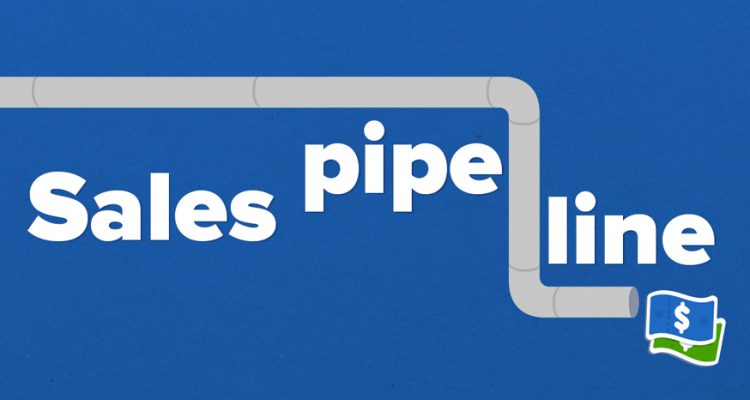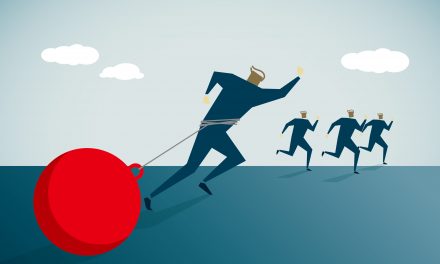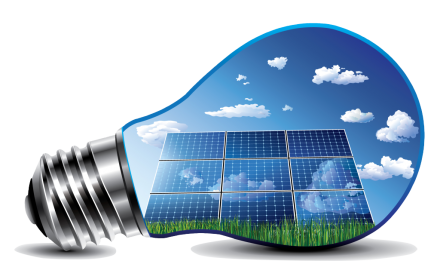If you look up many if not all successful entrepreneurs they will tell you that selling is the most important function and skill in business. It’s logical; no sales, no customers, no business. Many are fortunate to have worked in a sales environment at some time in their life and if you were paying attention you learned a lot. However, that’s not the case for everyone who intends to start a business. The concept of the sales pipeline (or funnel) is very old but still one of the most impactful concepts in sales. Mastering of the pipeline concept can greatly increase your ability to sell. I’ve recommended books on sales before and will make reference to some concepts from these books.
The pipeline/ funnel

As the image above shows the two are very similar and while terminology differs the ultimate result is the same. The funnel is more representative of the numbers that we accept as prospects progress along the process. I will use pipeline terminology for this article.
Stages in the pipeline
As we have observed there are stages in the pipeline, it is not a hard and fast rule and a lot will depend on your product and how it is delivered. While someone selling furniture for cash may have a shorter process someone selling on credit may include credit rating of the customer in the process and thus have a longer pipeline. It really does differ from individual cases.
Using the above diagram we see 6 stages. Just a note that this is in concept and in practice some of these stages can happen concurrently, in reverse order or outside of your knowledge.
Contact
This is the initial introduction and the point of awareness. This is the moment where the customer becomes aware of your product or shows interest in your product. Your job at this point is to make the customer aware of product features and benefits. I’ve seen many entrepreneurs struggle in this stage because they do not know what to say or do. This is the education that will make or break the customer journey and likely to be filled with many questions from the customer to see if you are a fit for them.
Qualification
The prospects who progress from this stage have chosen you, now you get to choose them. Qualification is about making sure you’re talking to a prospect who can actually go forward to become a customer. Issues such as affordability, legal and compliance issues come up here. The point is to get to understand that you are in fact speaking to someone who sees the value in your offer and can actually take advantage of it.
Meeting
Meeting is not limited to the physical meeting of course and will depend on the product you are selling. This is the part where the deal is introduced and discussed. If it’s a product they can test this is where they test it. If you are offering a free trial that is the meeting. This is all about showing the prospect the fit with the product beyond a shroud of doubt.
Proposal
In much more complex settings we use proposals but in many smaller businesses or products, this is the invoice. The solidifying of the deal that has been discussed in the previous stage. Up to this point, it has been theoretical and perhaps not specific but at this stage it is.
Closing
For some businesses, this stage and the previous 2 can be combined into one. This depends on the product. Assume a person walks into a fast-food restaurant for lunch. The qualification, meeting and proposal can all be done by the menu and the salesperson need only make the close. They ask what the customer wants they take the order, perhaps offer extras as up-sells and then proceed to inform the patron of the total and receive payment. A real estate agent would have held prior discussions and qualification checks, prepared the paperwork and look forward to getting the signature to finalise the deal.
Closing is a big subject on its own and I will write an article about closing in the future. Here the concept of “always be closing” is important to understand, those pushy people who ask repeatedly if you’re buying tend to get the sale because they ask for it. I don’t encourage being pushy but I do encourage language that informs prospects that the deal can be concluded immediately.
Retention
Good businesses have big back ends. The ability to create a recurring business from existing customers is one of the pillars of growth. It is much easier and more effective to sell to existing customers than new ones. Not all products work this way but if yours has any potential for repeat business the onboarding and after-sales service are two areas you must become competent in.

A simple spreadsheet that tracks progression along the pipeline can inform you if there is a bottleneck or particular area you might need to focus on. There is no set rule I can give you but if you are getting only 1% of people in the contact phase moving to qualification there is a problem with your process. C Conversely, if you are getting 100%passing through to a stage it may mean that you are not casting your net wide enough and therefore missing out on sales.
The importance of the pipeline cannot be understated. I recommend tracking it on a weekly basis as this is a good time horizon for measuring progress. It may show you things you weren’t aware of in your sales process or open up new possibilities. Knowing the stage a prospect is at in the journey empowers you to know what needs to be done to move them forward. The journey is not always linear. Trying to close on prospects that have not been qualified seldom works or is at best inefficient; you will be forced to go back to the other stages.
Sales is a difficult discipline to grasp but with technique anyone can become a good salesperson. The entrepreneur must be a good salesperson.








